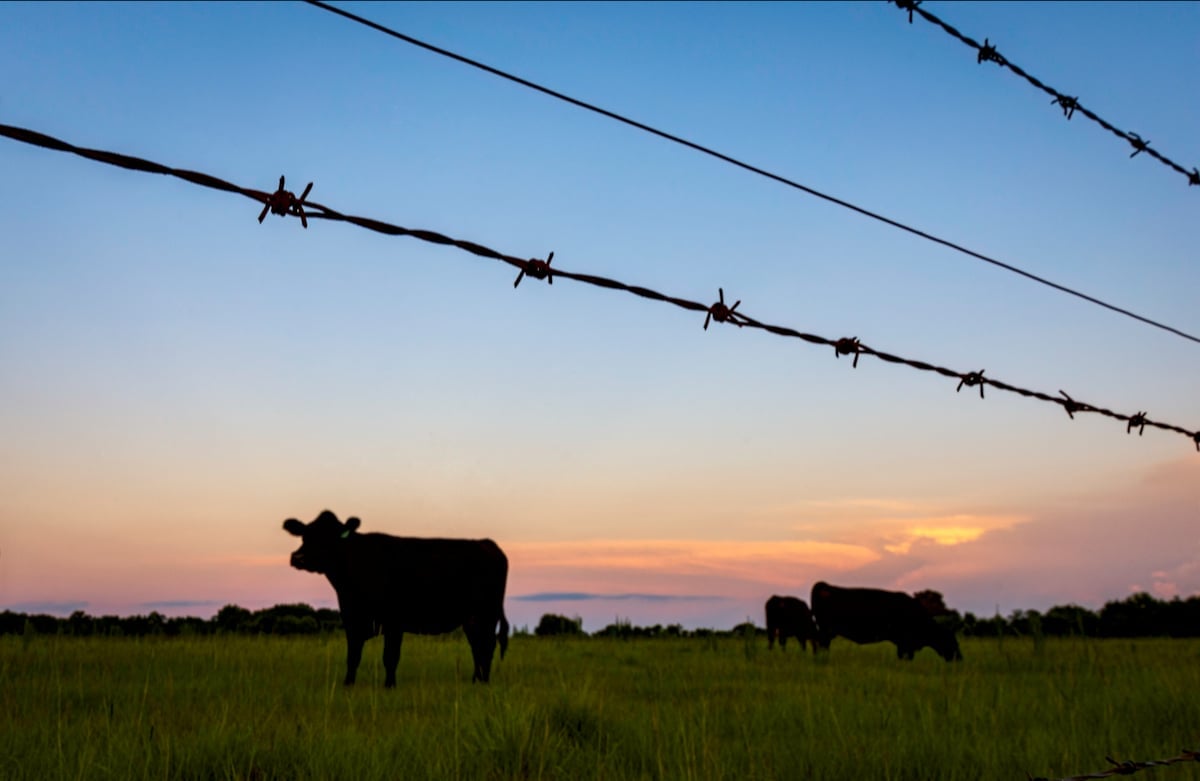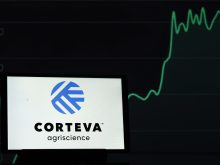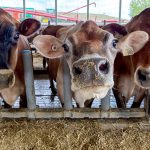China has agreed to accept Canadian tallow, the first stage toward broader access for beef products banned since 2003.
The announcement came Feb. 8 during a Canadian trade mission to China that included prime minister Stephen Harper and a large contingent of agricultural representatives.
Canada’s share of the Chinese beef and tallow market could exceed $110 million, said a Canadian Cattlemen’s Association news release. China’s global imports of tallow have grown to more than $400 million annually.
China was the top export market for Canadian industrial tallow in 2002, which is used in soaps, cosmetics, waxes, biodiesel and lubricants.
Read Also

U.S. livestock: Cattle futures spike, hogs mixed
Chicago cattle futures closed sharply up on Monday while lean hog futures were mixed. “Two large trades were seen at…
Most tallow has been used domestically in Canada since 2003, when the discovery of BSE shut the country out of many beef export markets, said Ken Ingram of West Coast Reductions in Vancouver.
Under world animal health guidelines, tallow is allowed only .15 percent impurities, which is mostly traces of protein.
Ingram adopted a wait and see attitude to the announcement.
“An announcement is one thing. Trade is another,” he said.
China agreed in June 2010 to restore access for Canadian beef and beef products in stages.
The next stage is persuading China to accept more Canadian processing facilities, said John Masswohl of the Canadian Cattlemen’s Association.
“It has taken some time to get the technical details worked out.”
Three facilities have been approved to provide boneless beef from cattle younger than 30 months and more are needed because many smaller plants may be well positioned to fill Chinese requirements.
The Chinese do not accept meat with ractopamine residues. A smaller facility may be better able to gather cattle that meet that specification than a large, high volume plant.
“Our feeling is it is important to get additional facilities approved. Smaller facilities are in a better position because they may already have approval for special products like natural beef,” he said.
The final stage is approval for bone-in product from cattle of all ages.
Canadian beef is already accepted in Hong Kong and Macau, and some probably makes its way to the mainland.
“We have noticed our per capita shipments to Hong Kong and Macau are very high. If we are going to go in the front door, we have to meet their regulations,” Masswohl said.
It is difficult to estimate the trade potential with China because good statistics on the size of its national cow herd and meat production are hard to verify. The industry does know there is demand for imported beef.
“As countries increase their per capita income and disposable wealth, they consume more beef,” he said.















